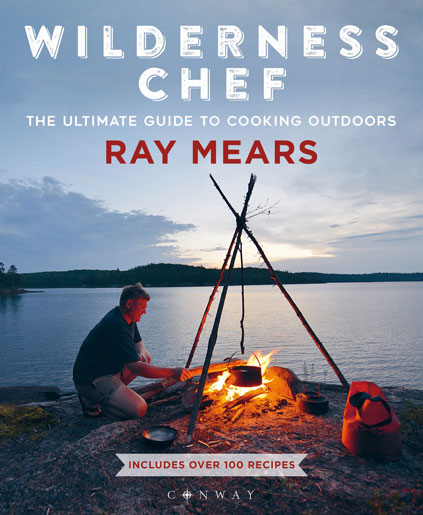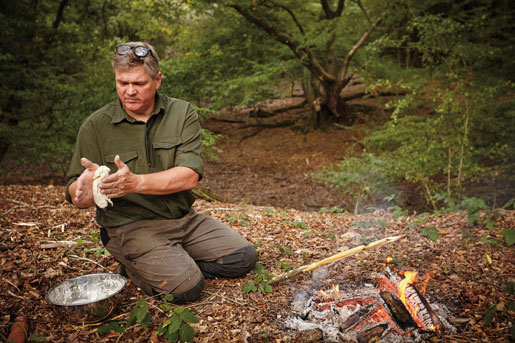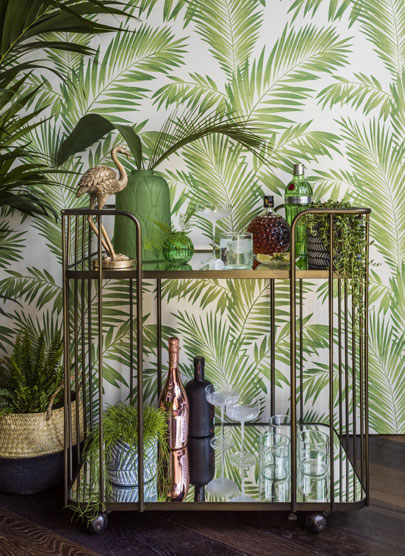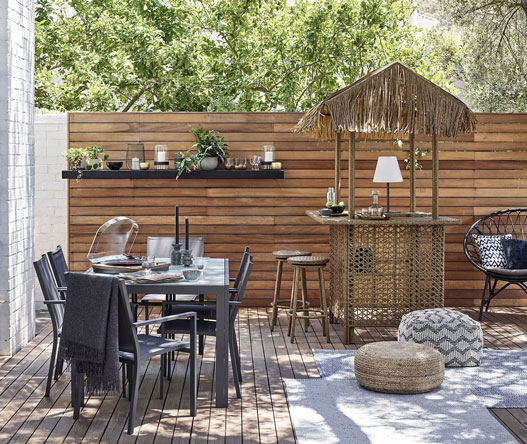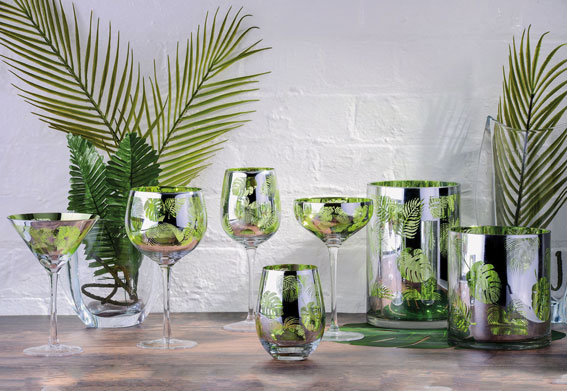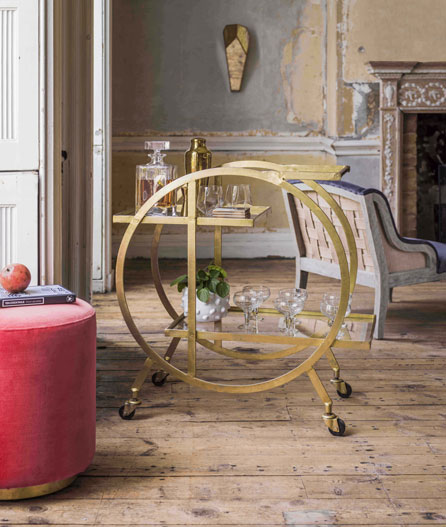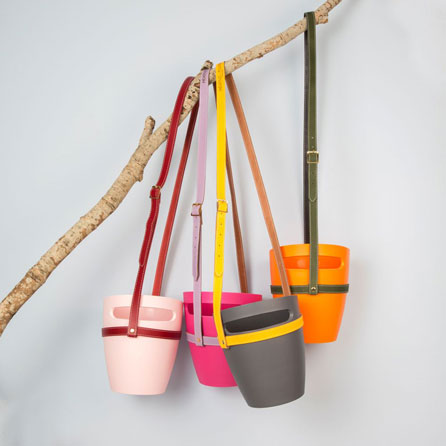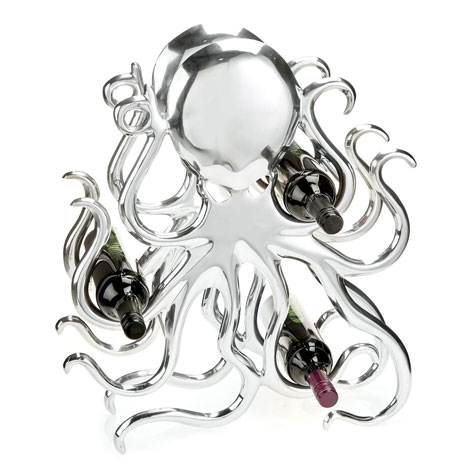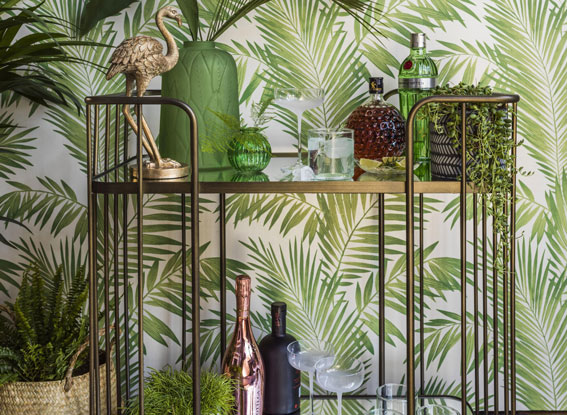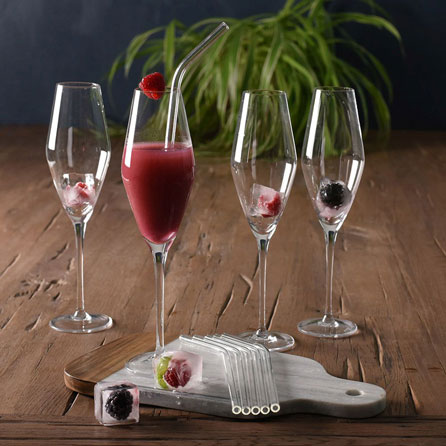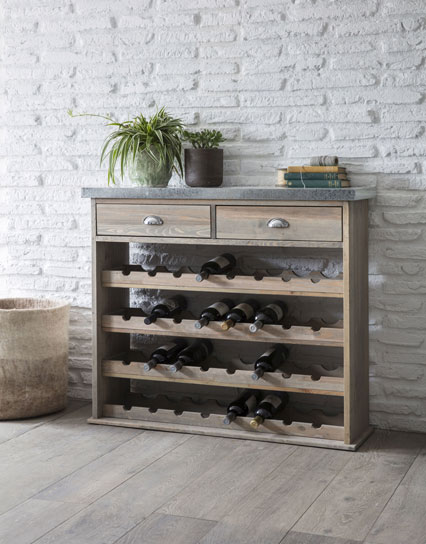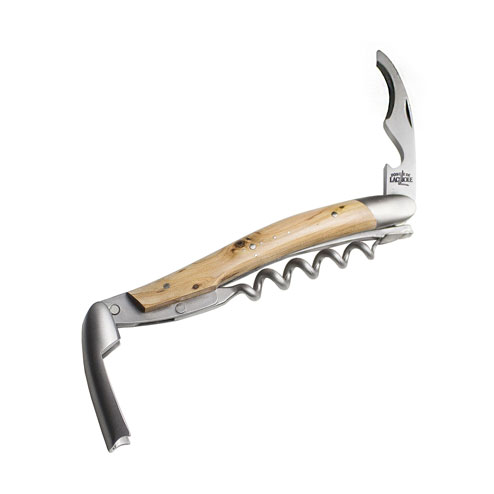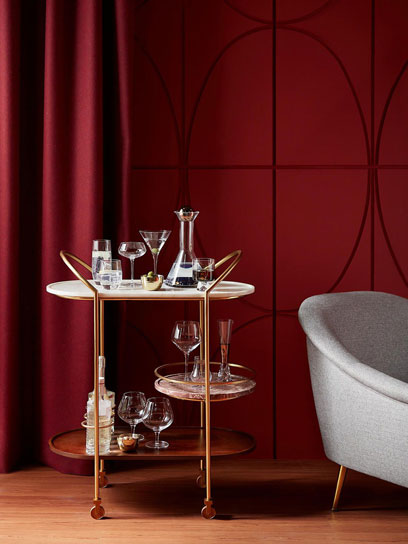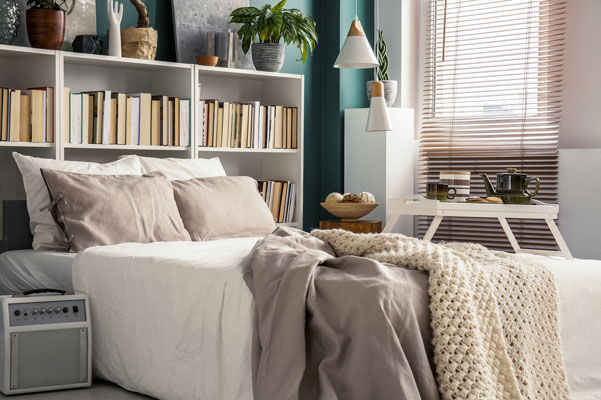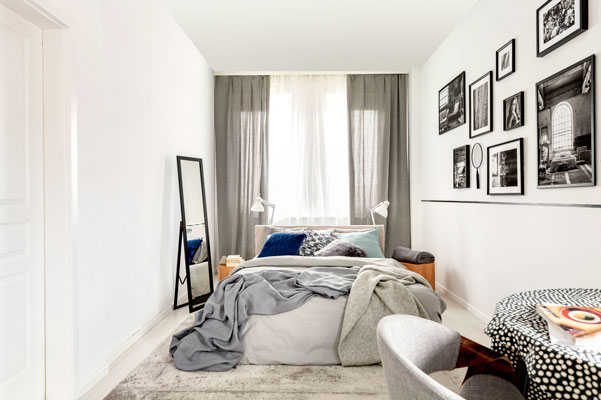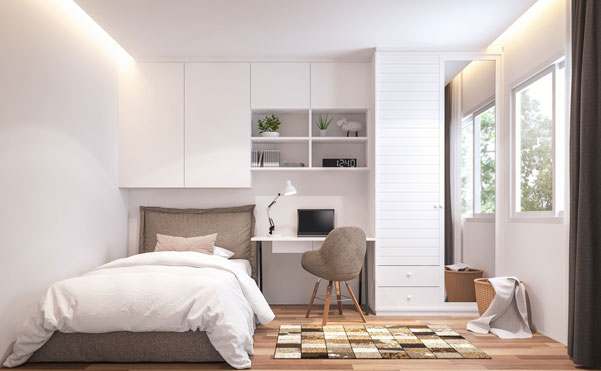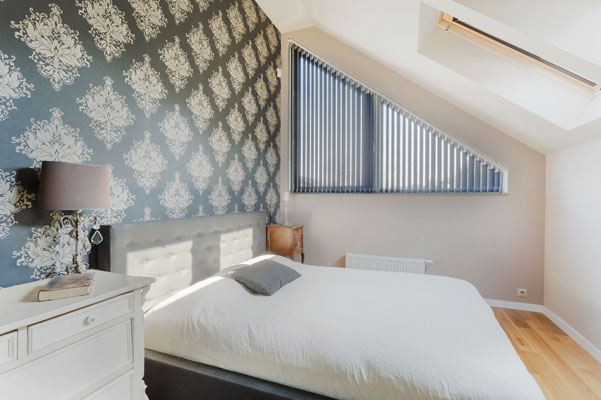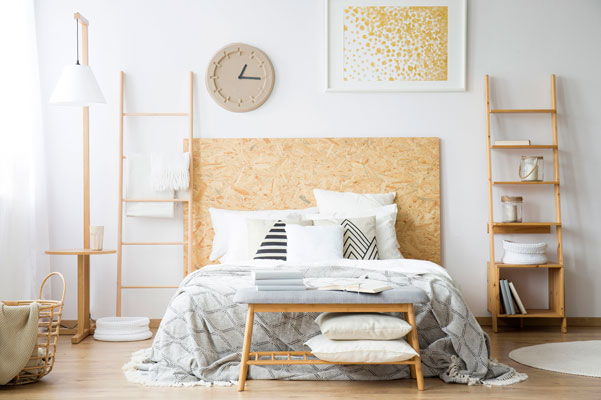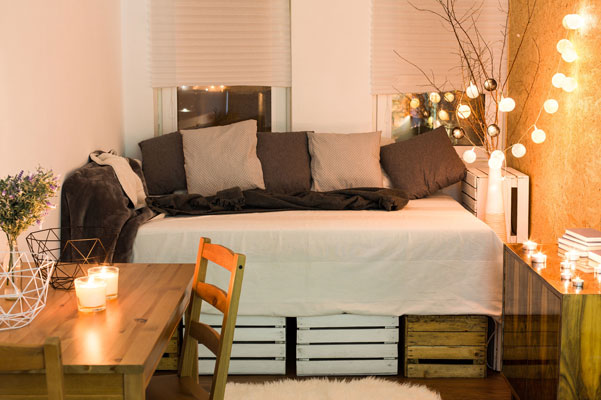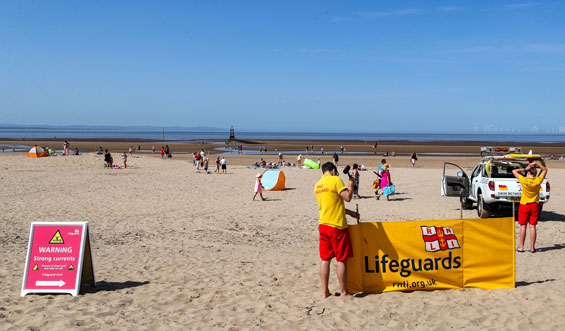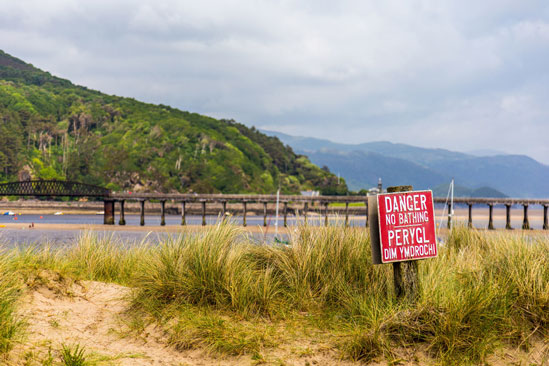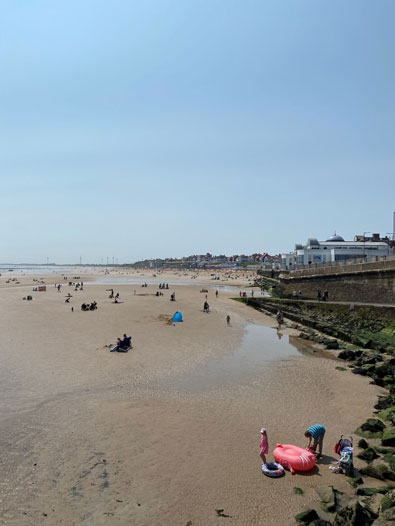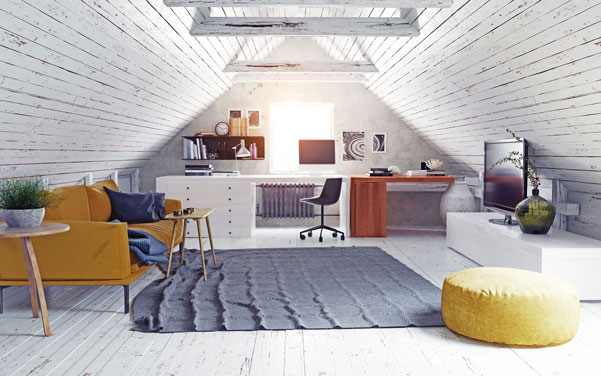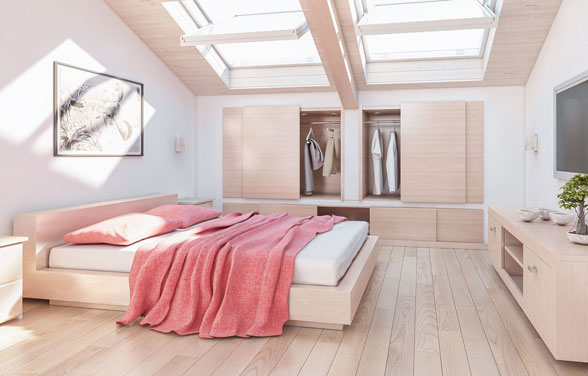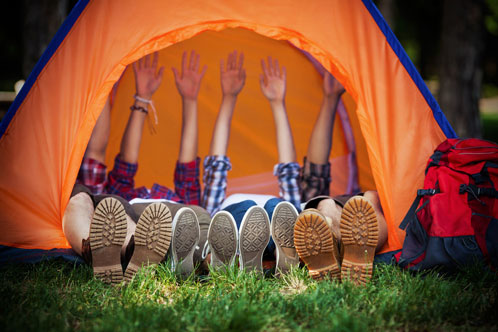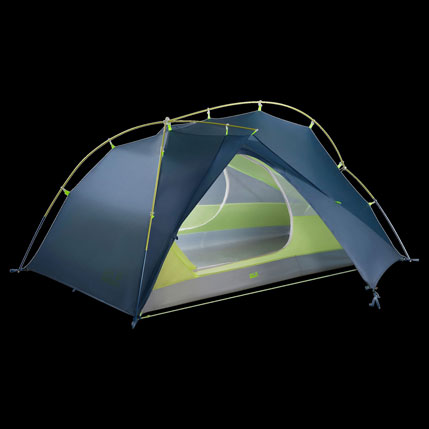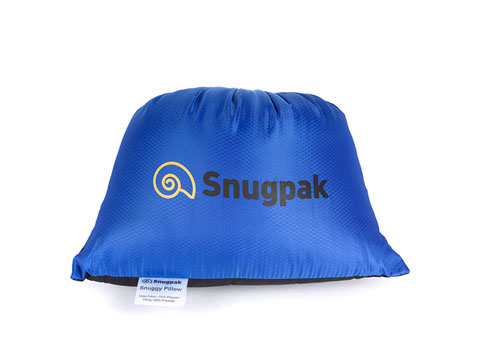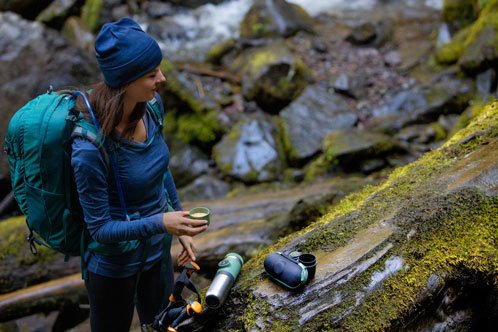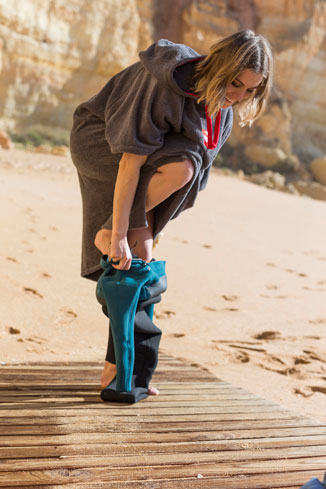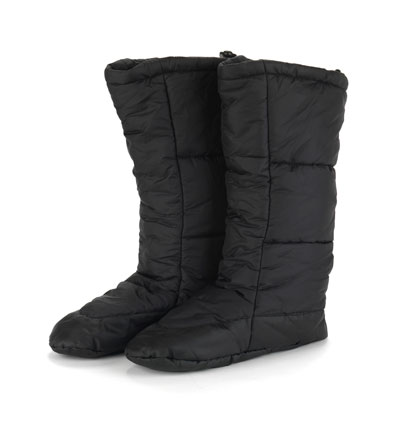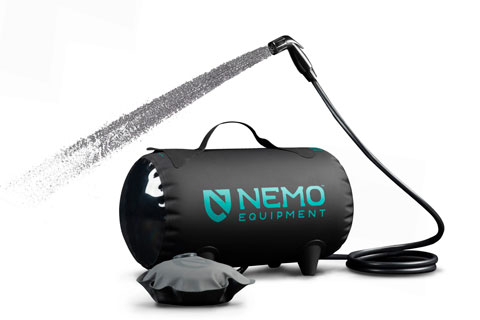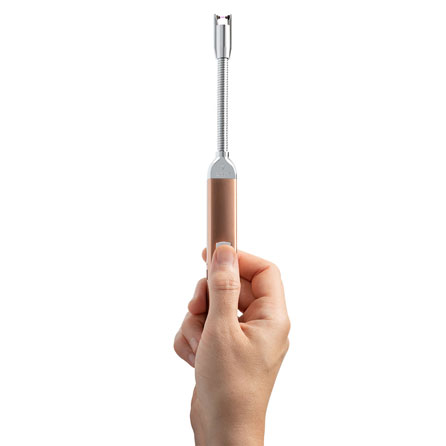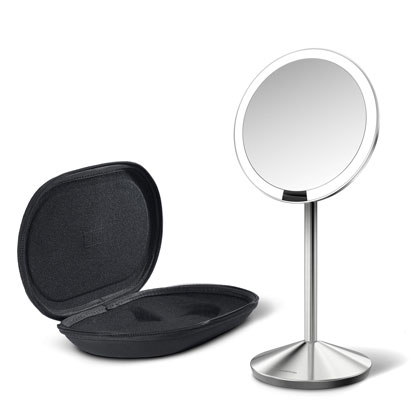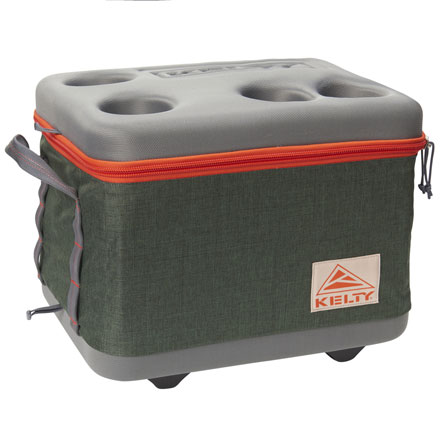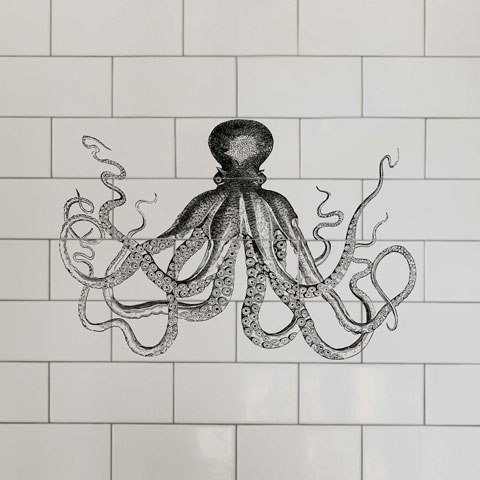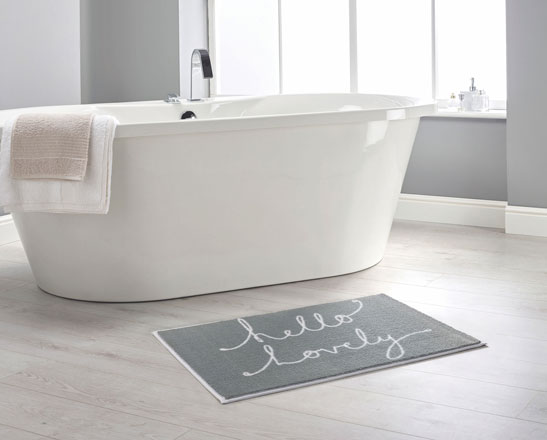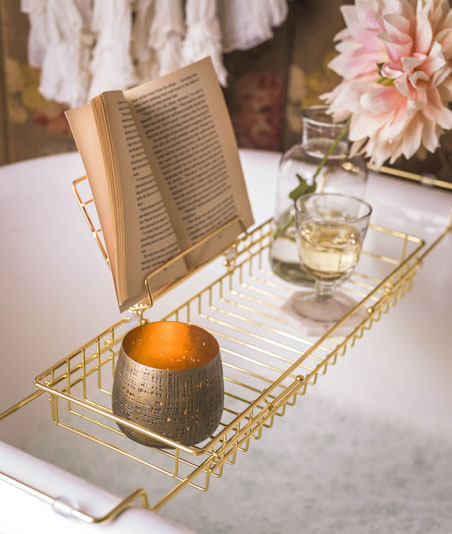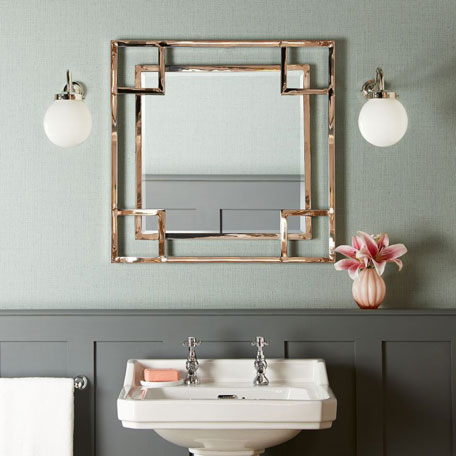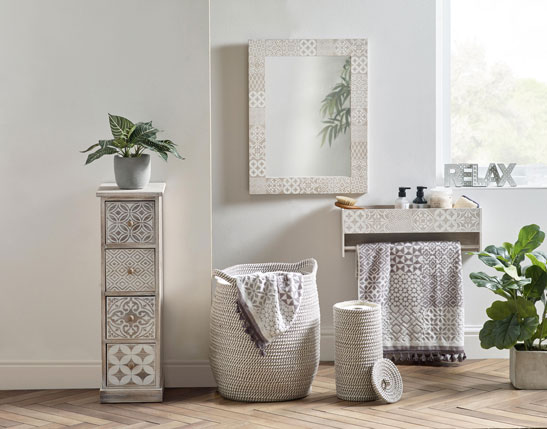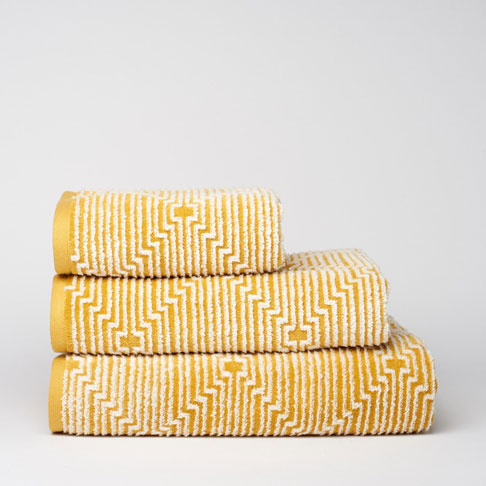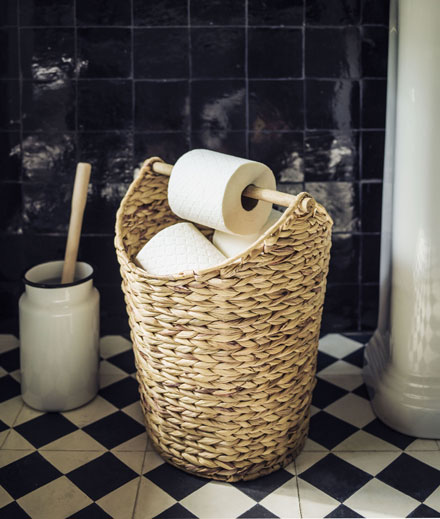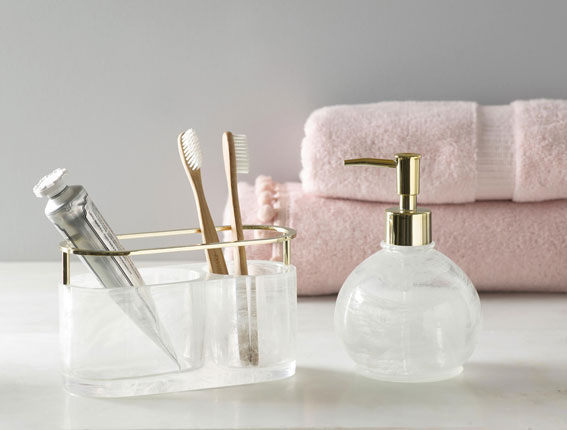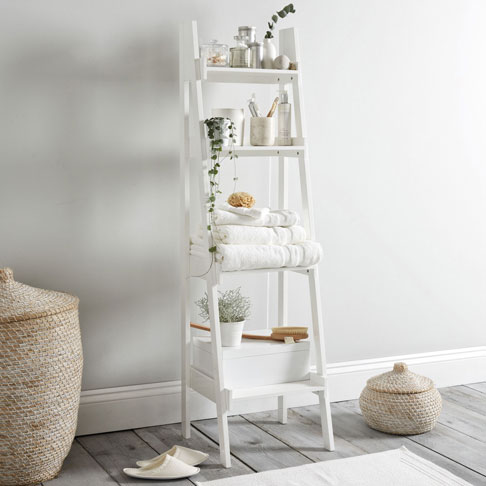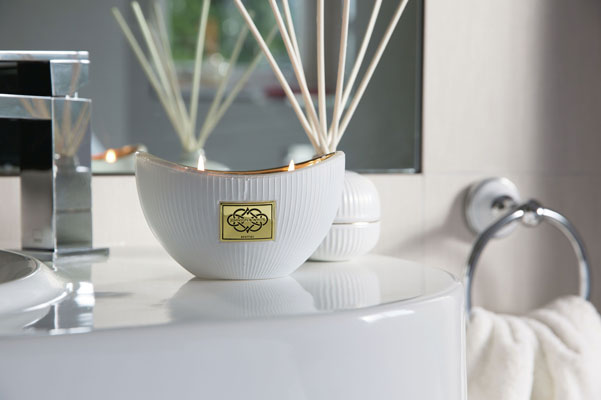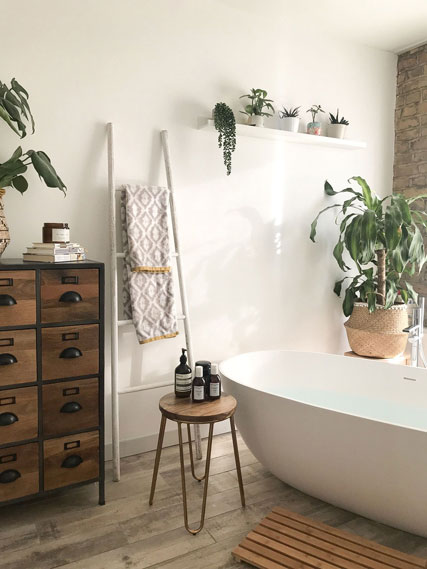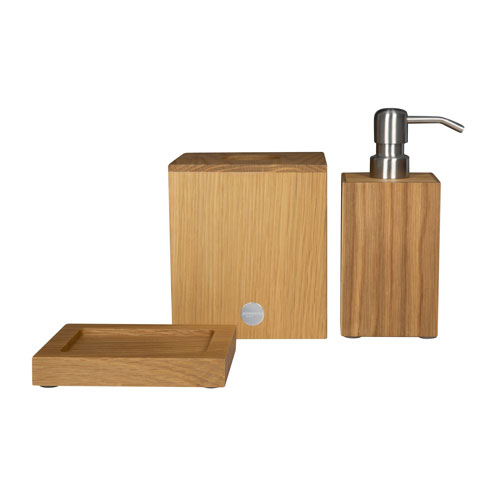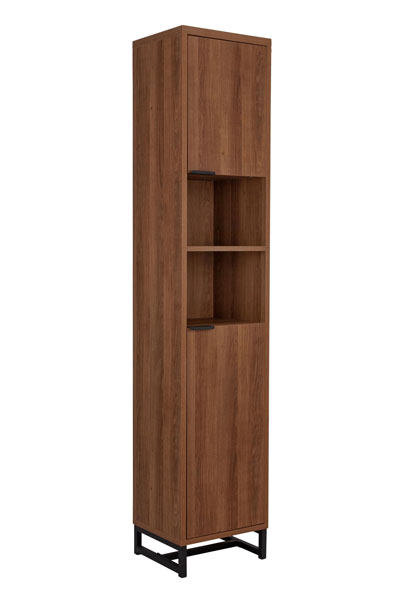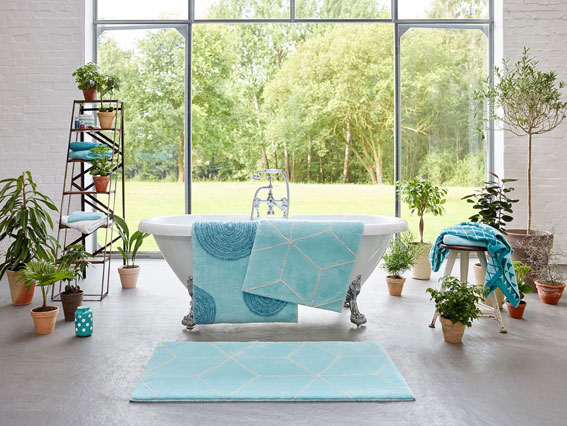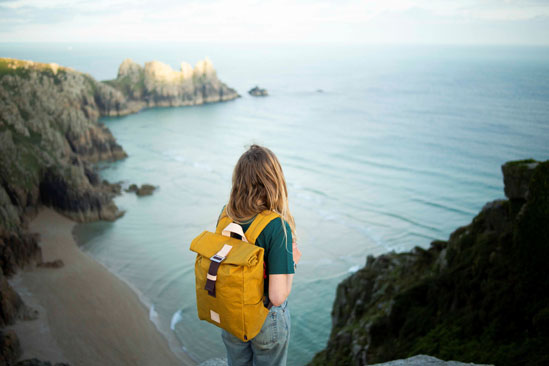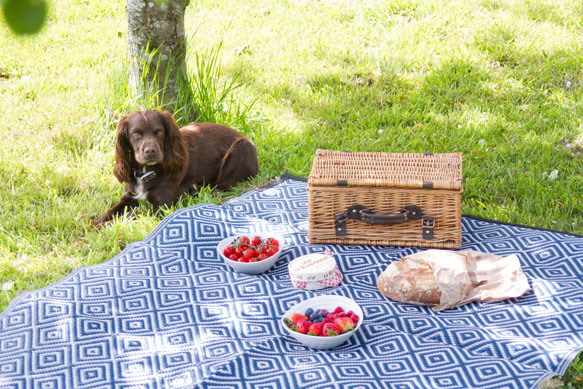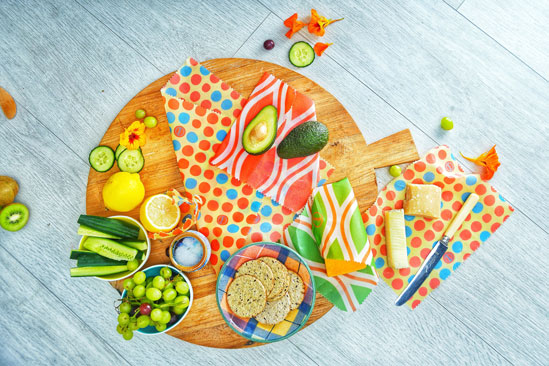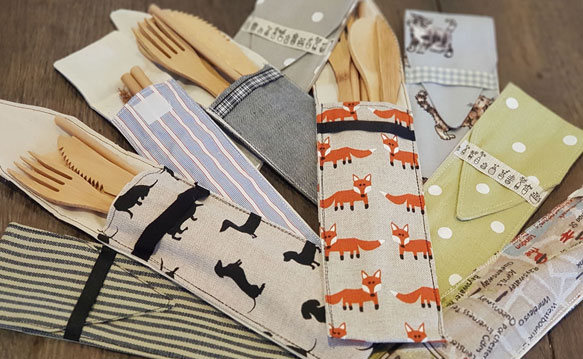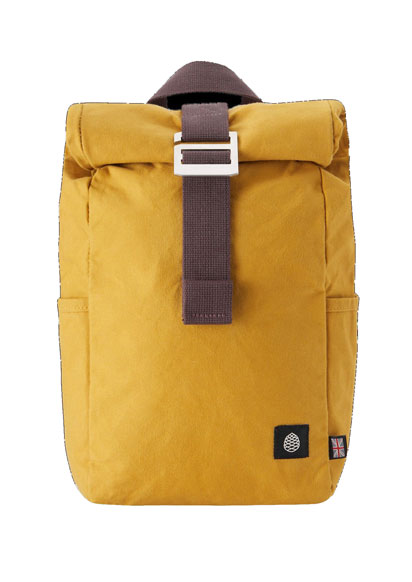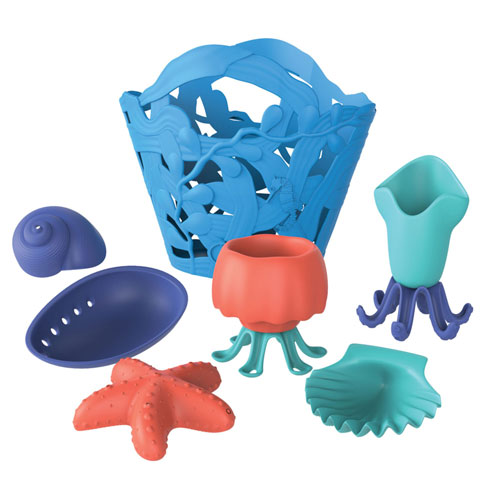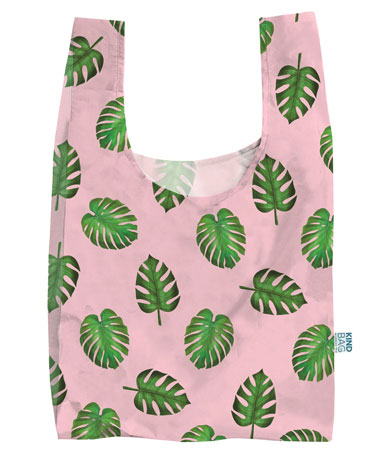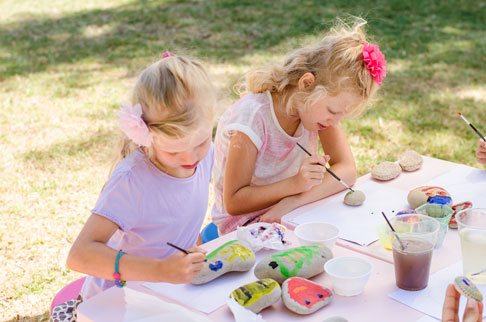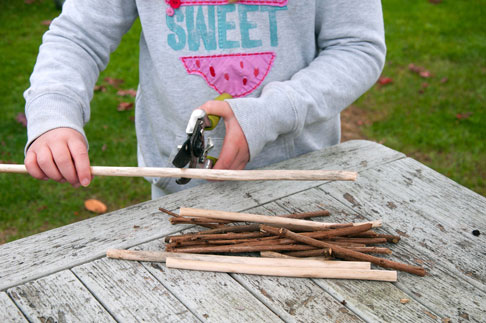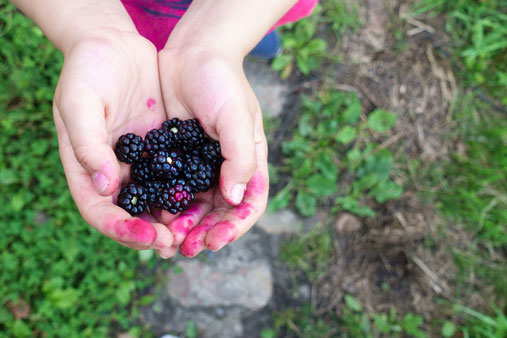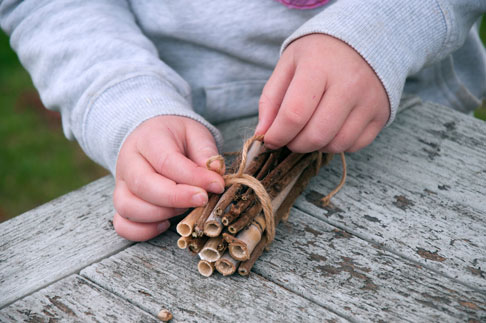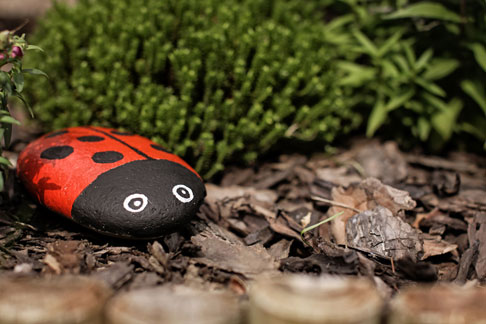The bushcraft expert shares his know-how for whipping up a more than decent campfire dinner.
If your outdoor cooking repertoire is limited to smores and sausages on sticks, it might be time to branch out a little.
“Food is important outdoors, and it doesn’t have to be just spaghetti bolognese out of a packet,” says survivalist expert Ray Mears, who has now written his first cookbook, Wilderness Chef: The Ultimate Guide To Cooking Outdoors.
Whether you’re going on a hike or trek, or just camping at the end of the garden, “you just need a handful of recipes and tricks that you can remember and carry with you”, he says.
“That can transform your experience of travelling, and it’s also bringing variety to the outdoor diet,” Mears adds.
Here are a few more bites of outdoors culinary wisdom from the bushcraft pro…
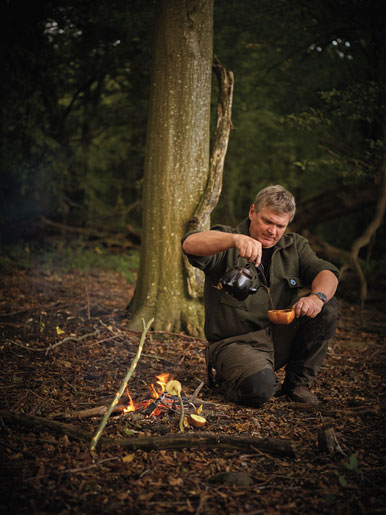
Don’t fret about burning things – just get stuck in
“If it goes wrong, it goes wrong, so what? You learn. I can imagine an artist or writer being afraid of a blank piece of paper, but until you actually push some words around on the page, you don’t get anywhere. It’s really important to just launch in and have a go. Even if things don’t turn out quite as you anticipated, they usually still taste good.”
Keep your fire small
“When you’re cooking over an open fire, it needs only be small. You don’t use too much heat. You only need a small fire. That’s very important.”
Have a few knife skills up your sleeve
“It’s important to develop some knife skills because there’s a lot of chopping up. If you can make what the French call a mirepoix [the basis of many a soup or stew] – carrots, onions and celery diced up and softened in butter – the moment you do that, you’re off and running; you can’t really go far wrong.”
Soups are ideal on a camping trip
“Soups are very important outdoors. They are very easy to make. They’re very hydrating, and we use a lot of liquid when we’re outdoors. They’re very satisfying and easy and quick to do. We underestimate how valuable soups are. Very often, you can make the soup from the trimmings of other meals. So, then you don’t waste anything as well, which is great.”
Consider your packaging
“I don’t like aluminium foil, it’ll last in the environment forever. It’s just not necessary, and many foods come already packaged to cook, like eggs.”
Don’t worry about making a pudding
“When you’re outdoors, it’s enough to have a good main.”
Ground oven cooking can be great fun
“Using a ground oven is a very special way of cooking where you dig a hole, light a fire and add your ingredients before covering it all back up with earth. The food comes out tasting lovely if it’s done right but there is a skill to it, there’s a real art to doing it well.
“When there’s a group of you, the effort is nothing because you share the labour. And so for an hour or two of preparation, you can then go away for many hours, do something else, and come back and have a fantastic meal waiting for you.”
Wilderness Chef: The Ultimate Guide To Cooking Outdoors by Ray Mears, photography by Ray Mears, is published by Bloomsbury, priced £20. Available now.
